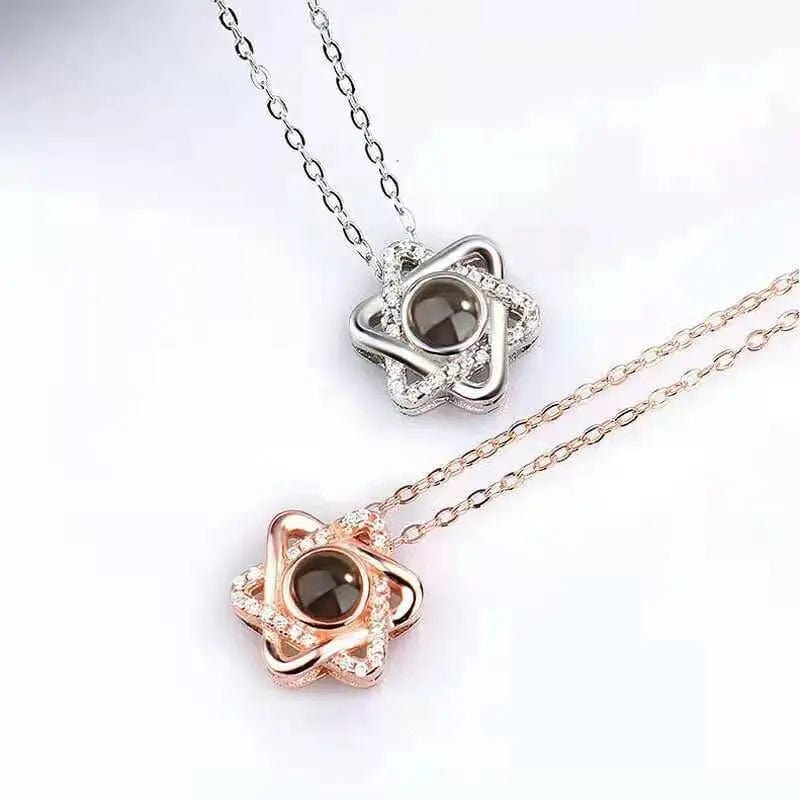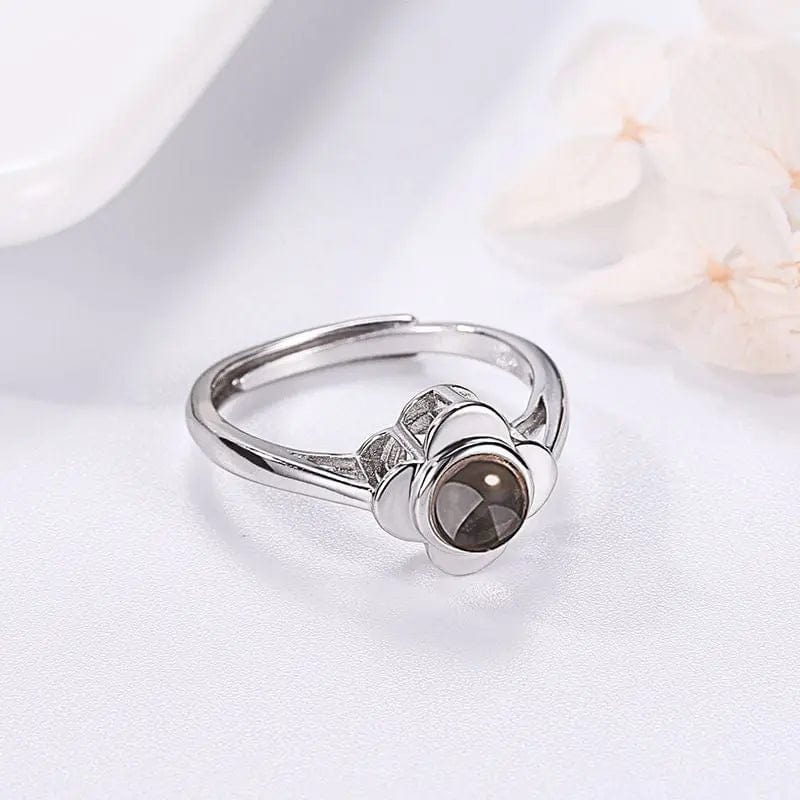When shopping for gold jewelry, you may have noticed the term "karat" used to describe the quality of a piece. While many understand that a higher karat number often means a higher price, the specifics of what a karat actually represents can be less clear. This article aims to demystify the concept of karats and their significance.
What is a Karat?
A karat is a unit of measurement that indicates the purity of gold. It represents the ratio of pure gold to other metals in a piece. Pure gold is 24 karats, meaning it is 100% gold without any other metals mixed in. However, pure gold is quite soft and not ideal for everyday jewelry, so it is often alloyed with other metals to enhance its durability.
Which Karat is the Best?
While 24 karat gold is the purest form, it is not necessarily the best choice for jewelry due to its softness. Gold is commonly alloyed with metals like silver, copper, zinc, or palladium to create more durable and wearable pieces. The most popular karats for jewelry are 18k, 14k, and 10k, each offering a balance between purity and durability.
Gold Conversion Chart
| Number of Karats | Fraction of Gold | % of Gold Purity | Millesimal Fineness |
|---|---|---|---|
| 9K | 9/24 | 37.5% | 375 |
| 10K | 10/24 | 41.7% | 416/417 |
| 12K | 12/24 | 50.0% | 500 |
| 14K | 14/24 | 58.3% | 583/585 |
| 18K | 18/24 | 75.0% | 750 |
| 22K | 22/24 | 91.7% | 916/917 |
| 24K | 24/24 | 99.9% | 999 |
Does a Higher Karat Mean Higher Quality Gold?
Not necessarily. While 24k gold is the purest, it is not always the best choice for jewelry due to its softness. Lower karat gold, which contains more alloyed metals, is often more durable and suitable for everyday wear. For example, 18k gold, which is 75% pure gold, is a popular choice for its balance of purity and strength.
What Do the Stamps Mean?
Gold jewelry often comes stamped with a hallmark indicating its purity. Common stamps include numbers like 585 (14k gold) or 750 (18k gold). These stamps provide a quick reference to the gold content in the piece. Additionally, some stamps indicate if the piece is gold-plated rather than solid gold, such as "GE" for Gold Electroplate.
How Can You Tell if Gold is Real?
One of the simplest ways to verify if gold is real is to look for a hallmark. Genuine gold jewelry will have a stamp indicating its karat. Another easy test is the water test: real gold is dense and will sink in water, while fake gold may float. Always check for these indicators to ensure the authenticity of your gold jewelry.



